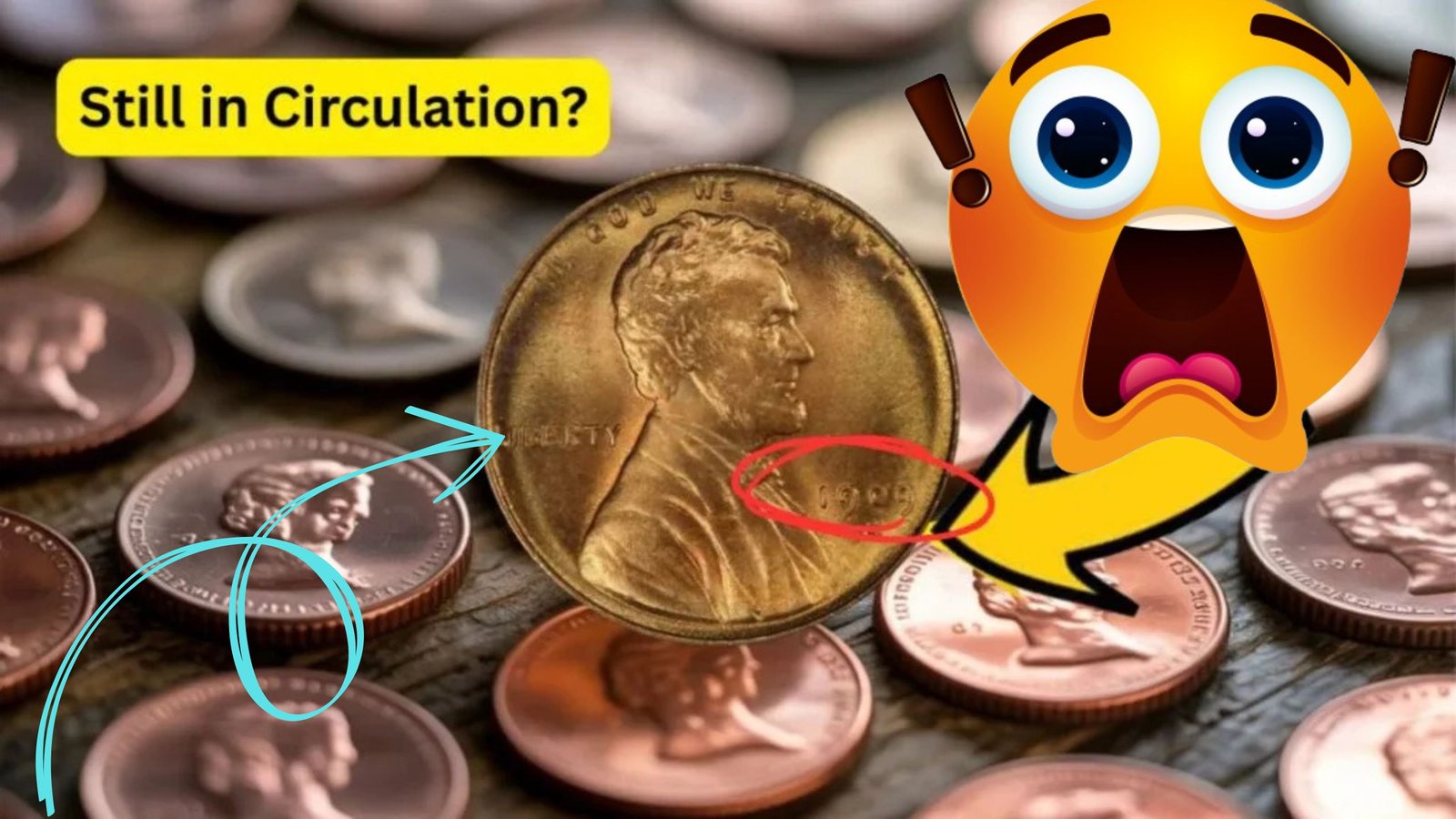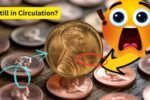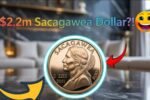Wheat Pennies may only be worth a cent in face value, but for collectors, some are worth hundreds — even thousands — depending on their year, rarity, and condition. This guide will walk you through what makes these classic coins so valuable and how to determine which years are worth the most.
What Are Wheat Pennies?
Wheat pennies, officially known as Lincoln Wheat Cents, were minted in the United States from 1909 to 1958. The front of the coin features a portrait of President Abraham Lincoln, while the back displays two wheat stalks, giving the coin its nickname. These coins marked the first time a real person appeared on U.S. coinage and were introduced in celebration of Lincoln’s 100th birthday.
Why Collectors Love Wheat Pennies
Wheat pennies are beloved for their historic design, age, and connection to major American events like the World Wars and the Great Depression. They’re easy to recognize and fun to find, making them ideal for both new collectors and lifelong numismatists. Their wide range of mint years, errors, and variations make them a thrilling area to explore.
How Value Is Determined: Year, Mint Mark, and Condition
The value of a wheat penny depends on three main factors:
-
Year it was minted
-
Mint mark — indicating which U.S. Mint facility produced it (no mark = Philadelphia, D = Denver, S = San Francisco)
-
Condition — Coins in uncirculated or mint state condition are worth much more than heavily worn ones.
Rare combinations, such as the 1909-S VDB or 1914-D, are especially valuable because they had low mintages and are hard to find today.
Key Dates to Look Out For
Not all wheat pennies are created equal. Some years and mint mark combinations were produced in very limited quantities, making them highly sought-after. For example, the 1909-S VDB is one of the most famous and valuable coins in U.S. history. Others like the 1922 “No D”, 1931-S, and 1955 Double Die are extremely collectible due to their rarity or unusual minting errors.
Common vs. Rare Wheat Pennies
Many wheat pennies from the 1940s and 1950s are considered common and may only be worth a few cents to a few dollars. However, rare coins from the early 1900s, or those with errors, can fetch hundreds or thousands depending on their condition. Even within the same year, the mint mark and wear can change the value dramatically.
Why Condition Matters More Than You Think
Wheat pennies in mint or near-mint condition (graded MS60 and above) are significantly more valuable than heavily circulated ones. A rare coin in poor condition may still hold value, but the best prices are reserved for those that show little to no wear, original color, and strong design detail. This is why many serious collectors seek out certified coins from trusted grading services.
Where You Might Still Find Wheat Pennies Today
Wheat pennies can still be found in old piggy banks, family coin jars, garage sales, flea markets, or inherited collections. Occasionally, they even show up in circulation. While rare finds are uncommon, it’s still possible to uncover a valuable coin hiding in a forgotten box or passed-down collection.
Frequently Asked Questions (The Value of Wheat Pennies by Year)
Q1: What is the most valuable wheat penny ever sold?
A: The 1909-S VDB and the 1914-D are among the most valuable. A 1909-S VDB in mint condition has sold for over $60,000 at auction.
Q2: Are wheat pennies from the 1950s worth anything?
A: Most 1950s wheat pennies are common, but uncirculated examples or errors (like repunched mint marks) can still be worth $1 to $10 or more.
Q3: How can I tell if my wheat penny is valuable?
A: Check the year, mint mark, and condition. If it’s from a rare year or has an error, it may be valuable. Having it graded by a professional can help determine its true market value.
Q4: What does “VDB” mean on a penny?
A: “VDB” refers to the initials of the coin’s designer, Victor David Brenner. Early 1909 coins with “VDB” on the reverse are highly collectible — especially the 1909-S VDB.
Q5: Where can I sell wheat pennies?
A: You can sell them through coin dealers, online marketplaces (like eBay), coin shows, or through auction houses that specialize in numismatics.




